5 Ways to Improve Your Trip Planning.
Having travelled full-time for 6 years, we’ve learned a lot about trip planning. We’re well organized, we know what we want to see (and how to do it), and we’ve learned to avoid some of the pitfalls of travel.
Trip Planning doesn’t mean we’re not spontaneous or flexible. We like to be both, in fact we’ve often ditched our plans and gone off-script.
But there are some Trip Planning steps you have to follow if you’re a frequent traveller. This post covers some of those.
1. Use a VPN
Using a VPN is important for all travelers. It, for example, provides you a secure connection even on public Wi-Fi networks (I learned the hard way when I was hacked a few years ago in Ukraine). It allows you to do your banking safely and to access content that may be restricted in certain countries.
VPN’s can also help you avoid price discrimination. Imagine a scenario where you’re booking a hotel room. If the site recognizes that you’re tuning in from an IP belonging to a highly affluent region, it might charge you up to 60% more for the same room. In fact, it’s what a lot of hotels do to maximize their profit. It’s not fair, it’s actually exploitation.
We first started using VNP many years ago to access Netflix from overseas (in fact we still do it, sometimes there are certain shows on Netflix Canada that you can’t find on Netflix Spain). All you have to do is change your location to another region.
According to tech specialist Nick Saraev from Techopedia, there is quite a list of VPN apps for mobile devices, including budget-friendly options with over 5,700 servers in 70 countries which are perfect for traveling.
Back to hotel room bookings. Test it on your own. Try looking at a hotel booking site from your desktop computer (using your actual address). Then try it using a VPN downloaded on your mobile device. You might be surprised by how much you can save.
Bottom line is that a VPN helps you out in many ways, including protecting your data and saving you money.
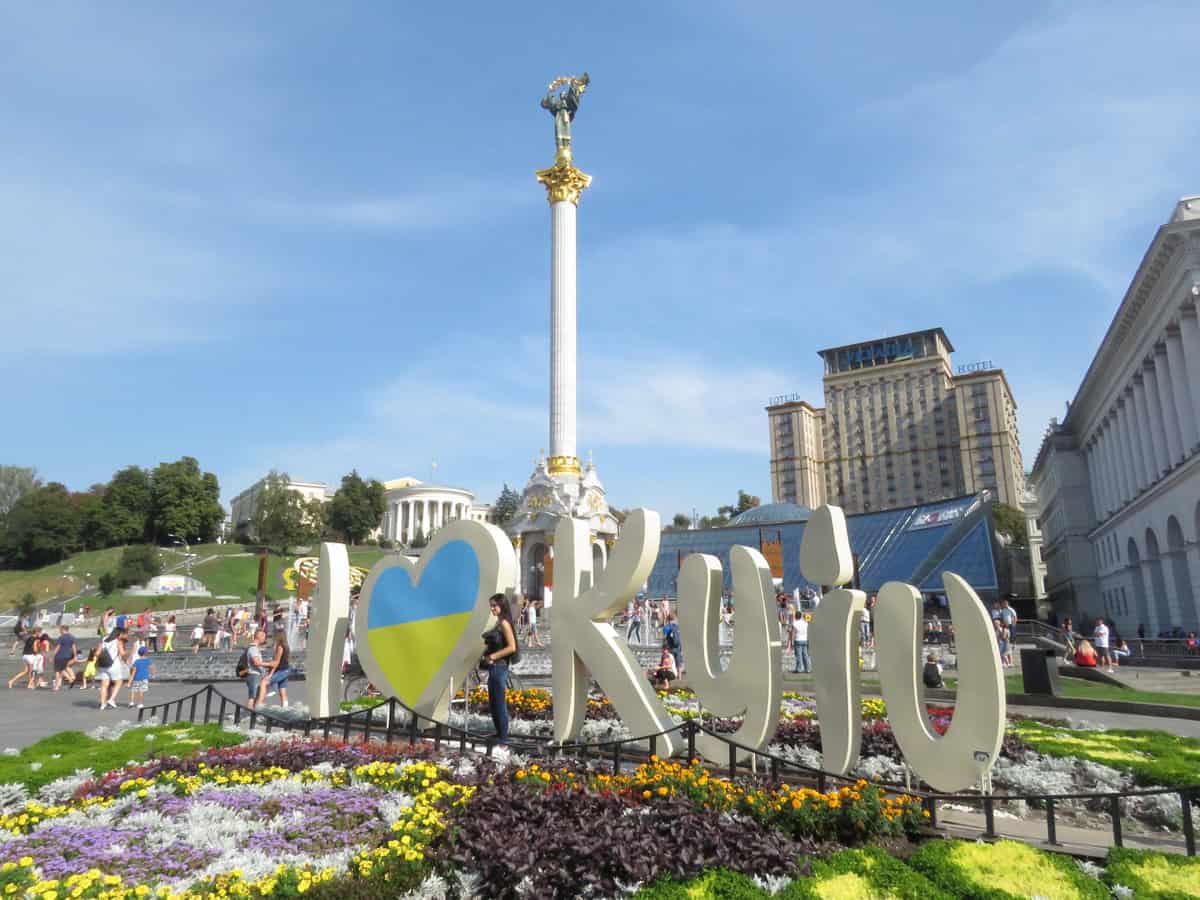
2. Start planning early enough (but not too early)
When to start planning?
You want to book the cheapest airfares.
For international flights, it’s usually best to book your flight about 2 months ahead.
For domestic flights, the sweet spot is about 1 month ahead.
The best day to book? Data suggests that mid-week is the best time.
Holidays and peak periods are exceptions to that rule however. For Christmas, you should book 3 to 7 months ahead for domestic flights, 4 to 10 months ahead for international flights.
Or you can do what we do: avoid travel during peak times altogether.
Planning early is also important if you plan on seeing highlight attractions. In Spain for example, you should pre-book attractions like the Alhambra (in Granada) and the Sagrada Familia (in Barcelona). You might even want to do it in places where you might not think you have to – many years ago we were in Krakow (Poland) and were shocked to find out that the Wieliczka Salt Mines were all booked up. For a whole month.
So do your planning, figure out what you want to see, and pre-book the things at the top of your list. It would be an absolute shame to go somewhere and find out you can’t see a highlight attraction just because you didn’t pre-buy tickets.
Another tip: I always start my planning with the flights. Once that’s booked and confirmed, I book my accommodation. Once I have those in place, I make bookings for any special attractions I want to see.
Which brings me to my next point….
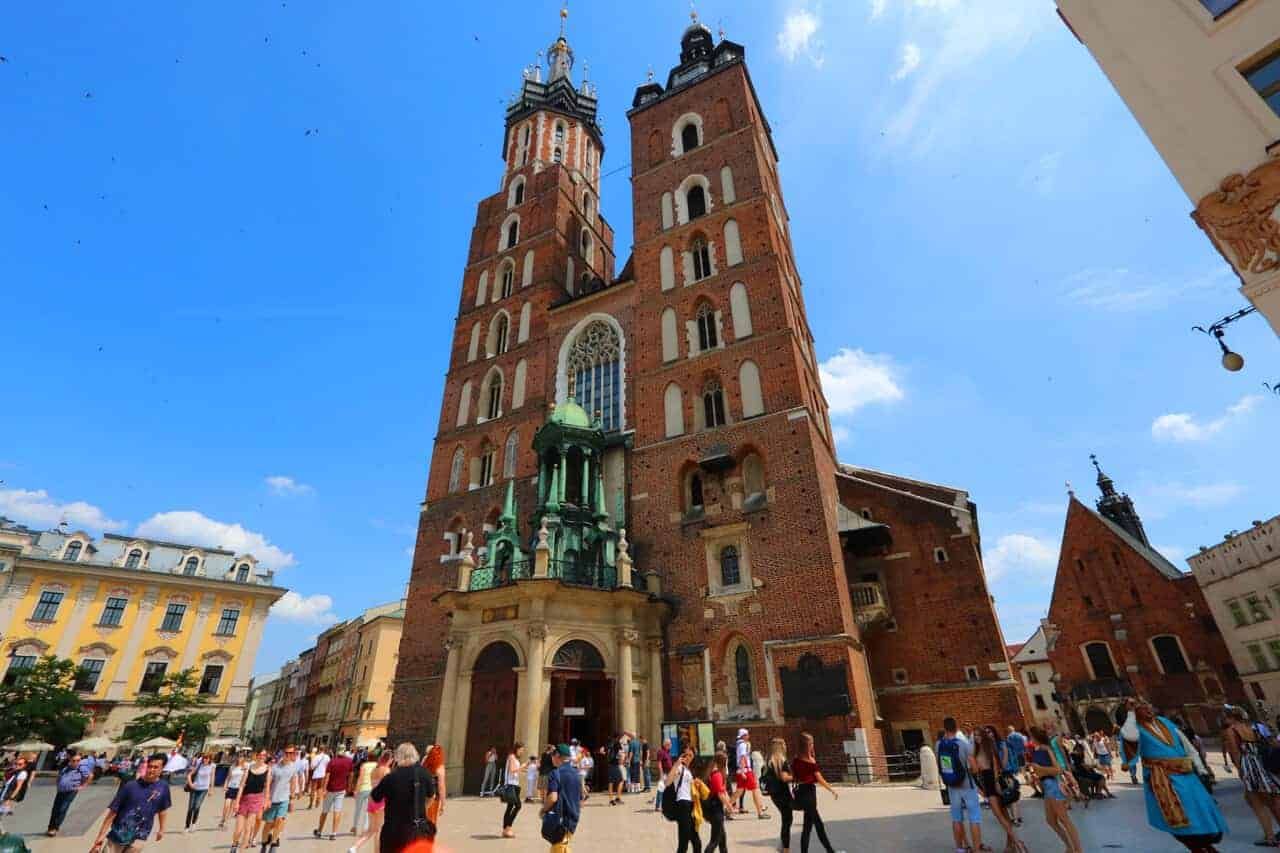
3. Make an itinerary
The shorter your trip somewhere, the tighter should be your itinerary.
When we travelled full-time we would usually stay in a city (Prague for example) for a month. In a case like that, I had ideas what I wanted to see and do but I didn’t do an itinerary. I figured a month is plenty of time and as that month counted down I would check the highlights off my “to do” list.
On a short trip, I do the opposite. I plan everything in detail and write it all down. A few years ago, for example, we had 2 ½ days planned for Rome. That’s not a lot of time for Rome. I planned the trip meticulously, planning our itinerary around the different parts of Rome, using the metro as starting and ending points, and pre-booking the “must-see” sights (such as the Vatican, Palatine Hill, the Roman Forum and the Colosseum).
My Rome itinerary for those interested.
I do the same for any short trip, planning full-day itineraries and packing in as much as possible into our trip.
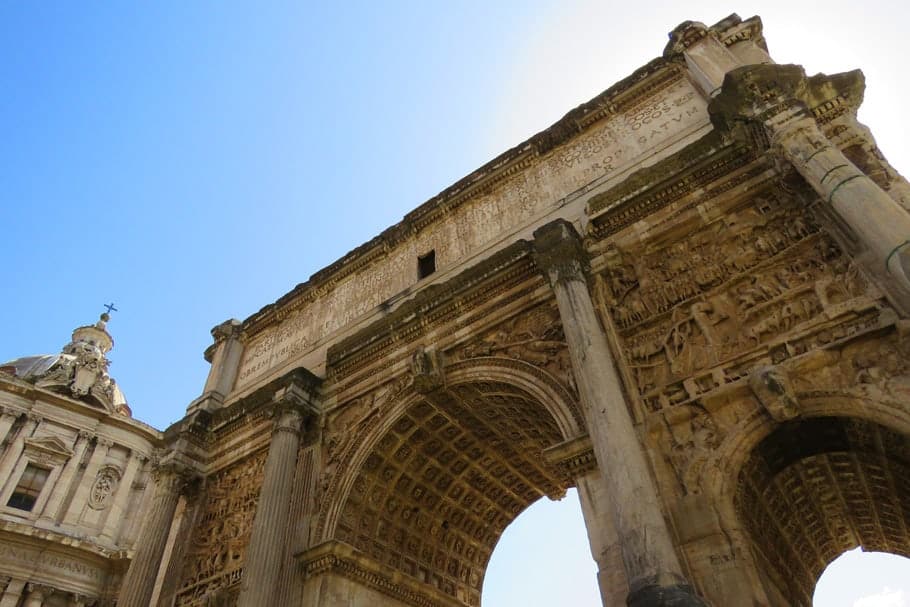
4. Do your research
When I say “research”, there are different aspects to that.
The first is researching what you want to see and do somewhere. I like to look at proper guides (like Lonely Planet or Rough Guides) but I also look at other travel blogs. Sometimes bloggers give personal perspectives and opinions on places that you won’t get in guides. Just because a place is listed in a guide doesn’t always mean it’ll be worth it to you.
The second is researching some history. For example: Don’t just show up at the Alhambra not knowing anything about it. Come with some basic knowledge: know that the Alhambra was a Moorish palace and fortress built in the 13th century, that it was the last stronghold of a Great Muslim empire that at one point included most of Spain and Portugal and that, in 1492, it was surrendered to the Catholic monarchs Ferdinand II of Aragon and Isabella I of Castile.
The third is planning restaurants, meals etc. I put very little value in Trip Advisor reviews (very subjective) or reviews in Travel Guides (most likely outdated…and once in a guide popular and overpriced). The best: ask a local what’s good in the neighborhood. Maybe the Airbnb host or hotel concierge. Research local food blogs, we’ve had great food experiences from obscure little blogs written by local foodies.
A fourth is listening to the news, weather forecast etc. Always good to know if the place you’re visiting is undergoing a revolution or if it’s in the path of an incoming hurricane…

5. Don’t put too much value into “Instagrammability”
I can’t stand Instagrammers. Choosing a place by “Instagrammability” is unoriginal, superficial, and makes a mockery of the word “travel”.
It’s led to certain places on earth being over touristed, everyone coming to get that same photo that they’ve seen countless times on social media. And they won’t say it, but the reality never matches that staged photo (where a line of people are waiting behind the camera to take the same shot). It’s about selling a dream that doesn’t exist. It’s about saying “hey, I’ve been there” so that all your friends are jealous. It’s about vanity and status, with no substance. And unfortunately, 40% of Millennials chose a holiday destination based on Instagrammability. It’s the biggest determining factor for Millennials in choosing a holiday destination.
Be careful with anything you read on social media about a destination. Don’t be influenced by what you read – or by some pretty photos – to choose your next destination. Do some research and look at some guidebooks to see what they say.

Preparation is the key to having a good trip
I don’t believe in having every minute planned out. And spontaneity once you’ve reached your destination is good.
But there are steps to take before going somewhere. That’s where Trip Planning is essential. It allows you to stay safe, to know what to expect, to be educated about the destination, and it gives you a plan on how you want to spend your time. These are the foundations to making the most of your trip.
Related: 9 pieces of Advice for those thinking of living a Nomadic Lifestyle

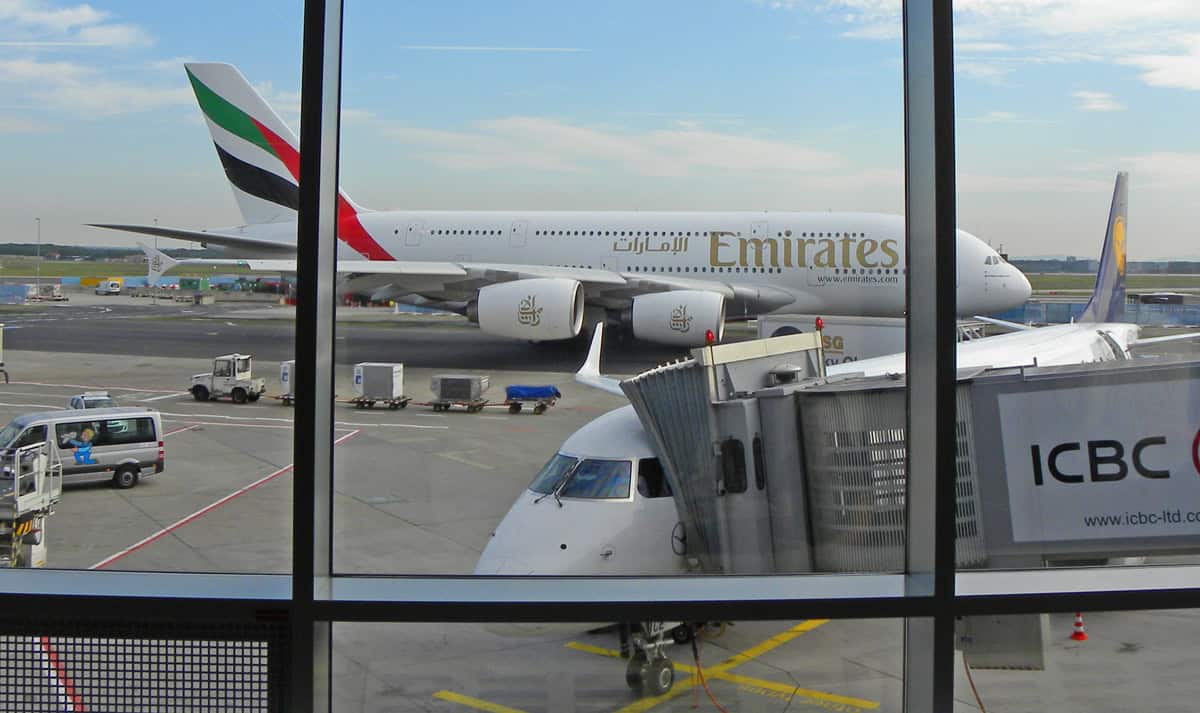

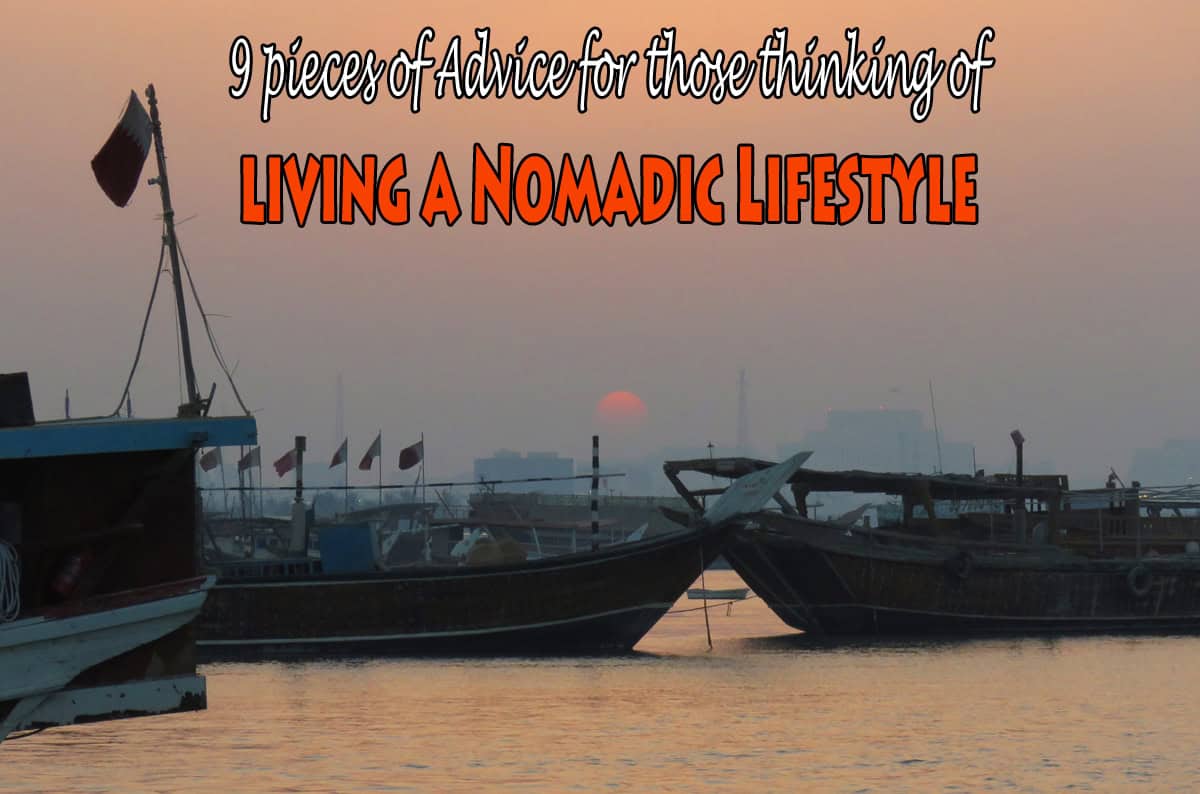
Leave a Reply